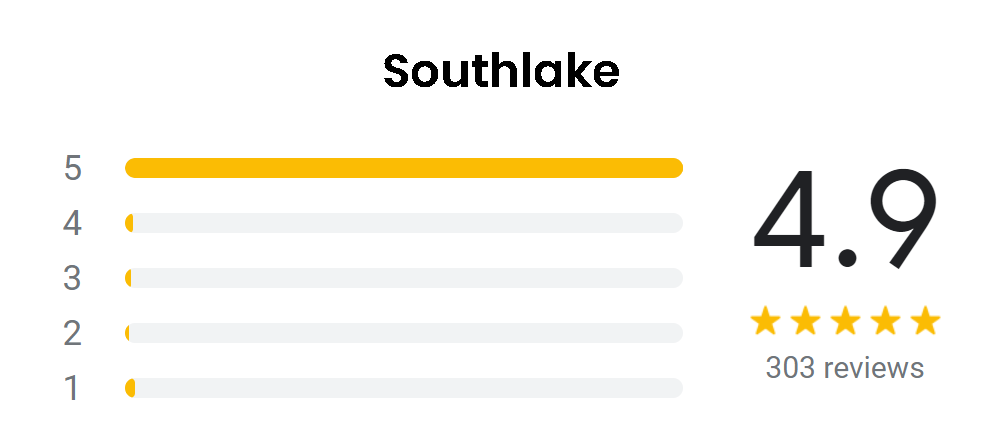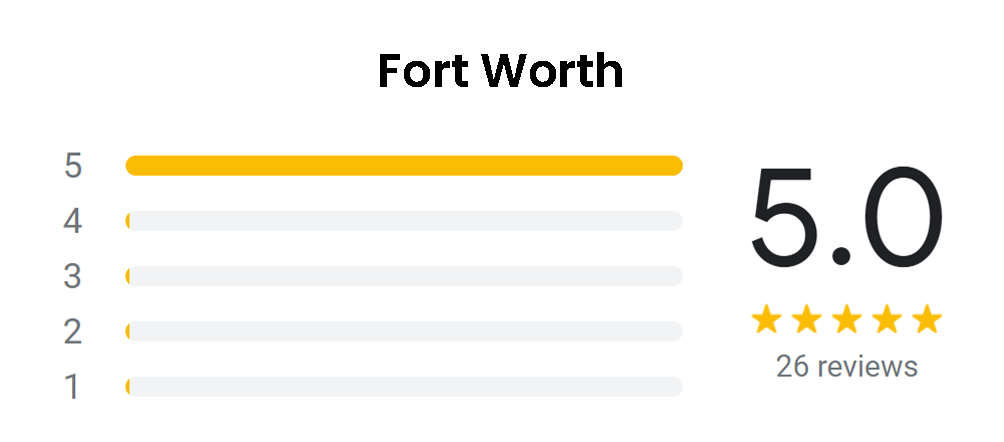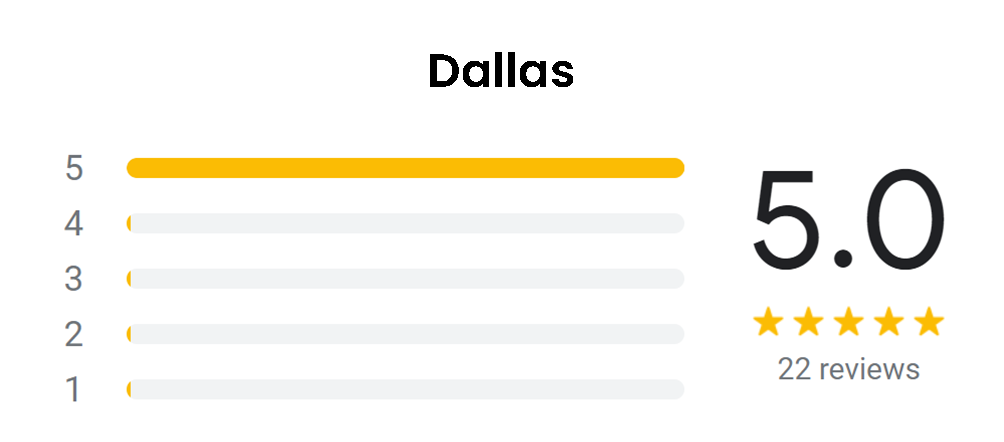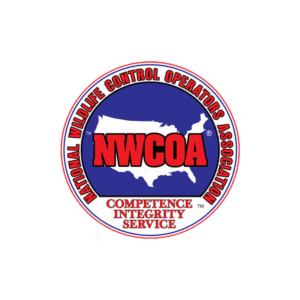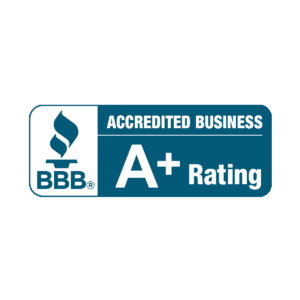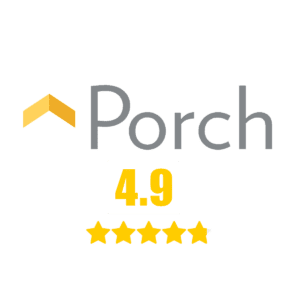Customized Treatments
Customized Treatments for Pest Control: Tailoring Solutions for Effective Management
Understanding the Need for Customized Treatments: Cookie-cutter solutions rarely suffice in pest control. Varied pest species, infestation severities, and environmental factors demand a nuanced approach. Assessing each infestation individually is crucial, allowing for targeted solutions that yield optimal results.
Factors Influencing Customized Treatments: Customized treatments are shaped by a myriad of factors, including pest type, infestation severity, and environmental considerations. The landscape, climate, and structural features of the affected area all influence treatment options. Additionally, client preferences, budget constraints, and regulatory obligations inform the selection of treatment strategies.
Tailoring Treatment Methods: The toolbox of pest control offers an array of treatment methods, each with its own strengths and limitations. Chemical, biological, mechanical, and cultural controls can be tailored and combined to suit specific pest control needs. Flexibility in approach allows for the crafting of solutions that strike a balance between effectiveness and sustainability.
Integrated Pest Management (IPM) Approaches: Integrated Pest Management (IPM) stands as a beacon of holistic pest control. By integrating diverse strategies—such as habitat modification, biological control, and judicious pesticide use—IPM minimizes environmental impact while effectively managing pests. Success stories underscore the efficacy of this comprehensive approach across various pest control scenarios.
Adaptive Management Strategies: In the dynamic landscape of pest control, adaptability is paramount. Ongoing monitoring, evaluation, and adjustment of treatment plans ensure responsiveness to changing pest populations, environmental conditions, and client feedback. Embracing adaptive management practices fosters resilience and enhances long-term pest control outcomes.
Communication and Collaboration: Clear communication and collaboration are essential pillars of effective pest control. Close alignment between pest control professionals, clients, and stakeholders ensures that treatment plans are tailored to meet specific objectives and address concerns. Building trust and fostering partnerships are vital for achieving shared pest control goals.
Evaluation and Continuous Improvement: The journey towards effective pest control doesn't end with treatment implementation. Regular evaluation of treatment effectiveness and outcomes is critical. By collecting data, analyzing results, and identifying areas for improvement, the industry fosters a culture of continuous learning and refinement, elevating the efficacy of customized treatments over time.
Conclusion: Customized treatments lie at the heart of successful pest control endeavors. By embracing the need for tailored solutions, considering key factors influencing treatment decisions, and employing a diverse array of treatment methods, pest control professionals can navigate the complexities of pest management with finesse. Through collaboration, adaptability, and a commitment to continuous improvement, the industry can forge a path towards sustainable pest control practices that safeguard both people and the environment.


